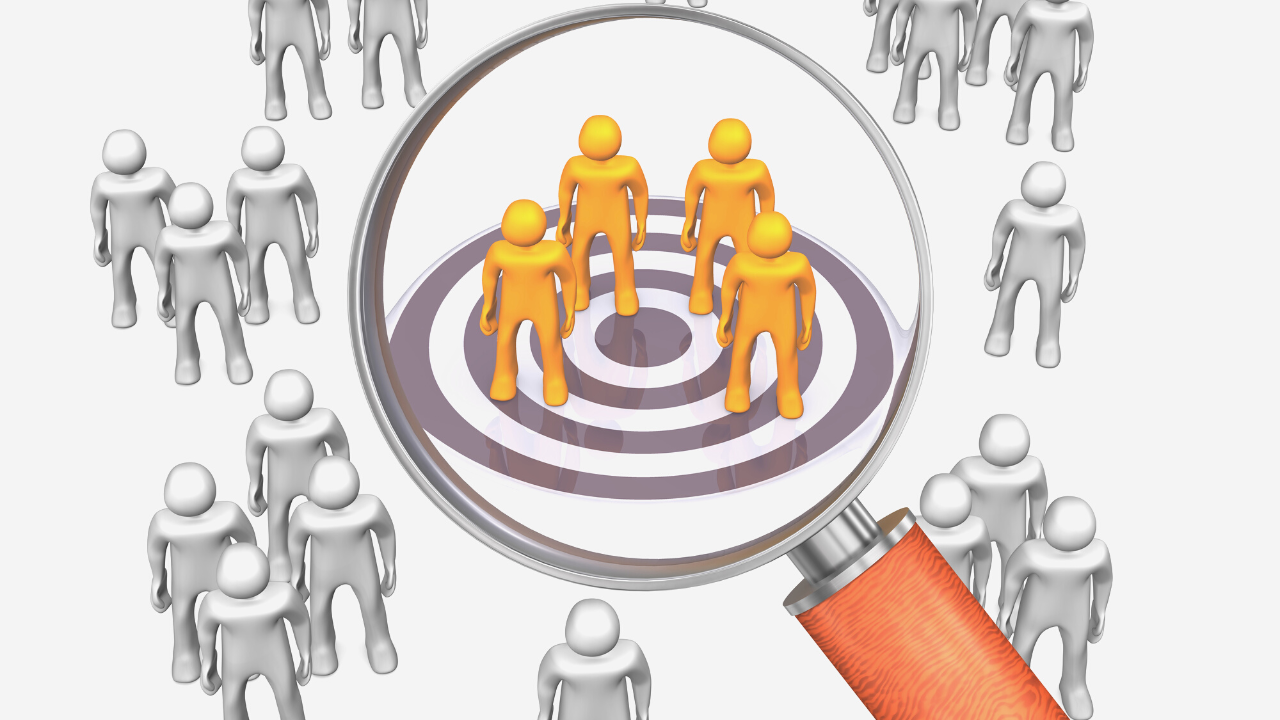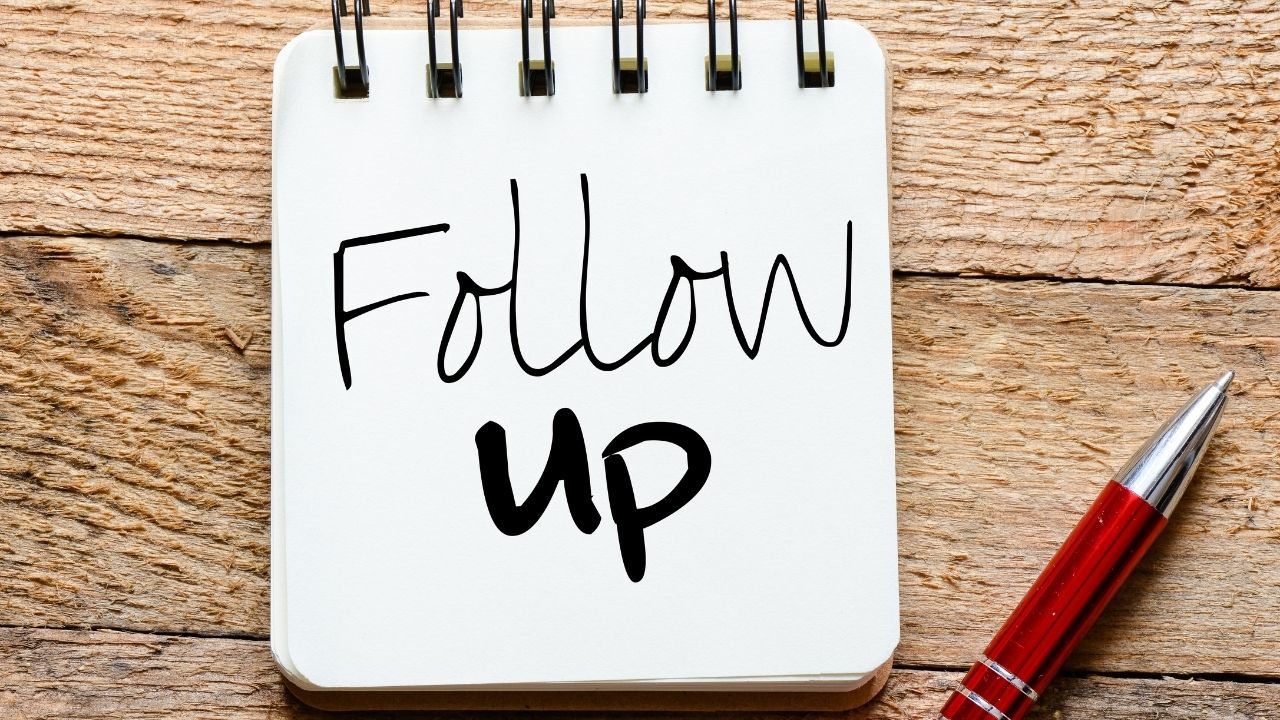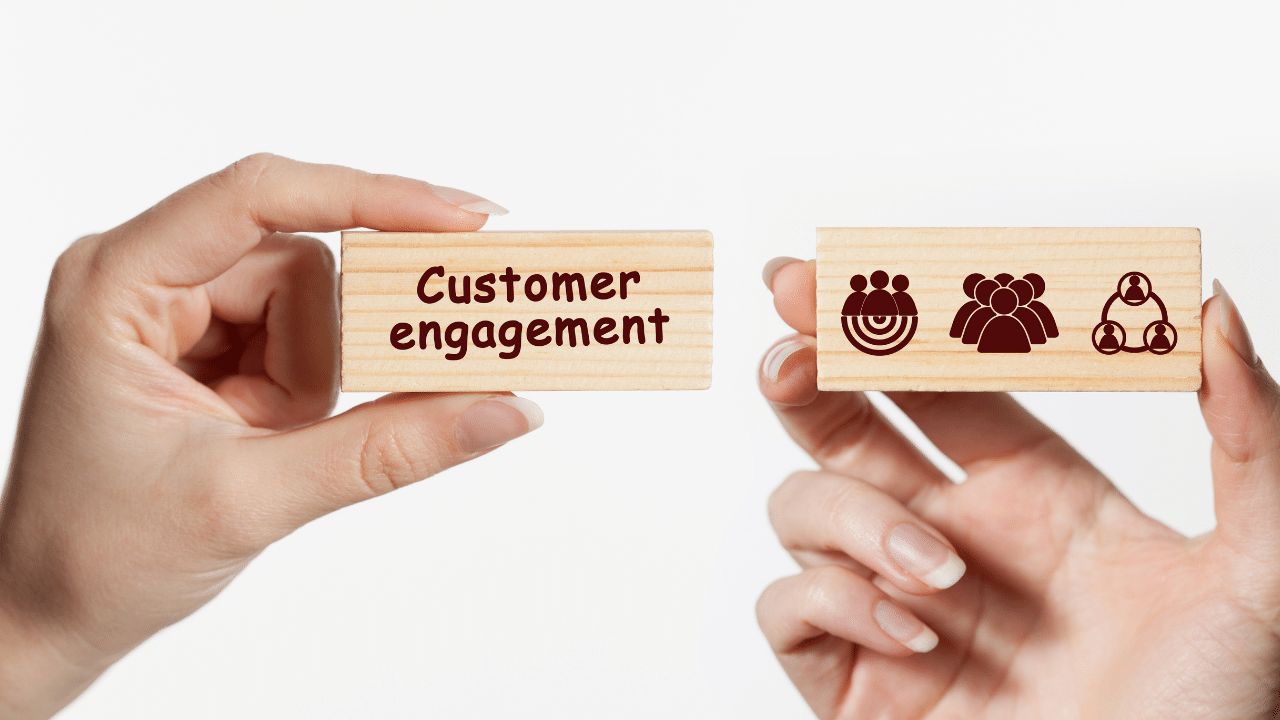Do you know your target market?
Okay, I’ve held back but I just have to say this…
If I hear this one more time, I’m likely to scream. Very loudly!
I’ve been in business for many years now, helping small business owners to generate leads and follow-up to get sales and on-going referrals. As you may know, my specialty is in AUTOMATING these processes as much as possible.
In order to best help clients one of the first things we do is to make sure they’re crystal clear on who their audience is. Who exactly are they marketing to?
You MUST specifically know your target market.

Sadly, one of the most common responses I get when I ask this question is…
“Everybody.”
Or almost as bad… “All adults.” “Women.” “All men.”
I’m sorry, but no. You are never marketing to “everybody”.
In fact, there’s a common saying that “When you try to be everything to everyone, you end up being nothing to nobody.”
And that is so true when it comes to marketing your product(s) or service(s). Or yourself.
Here’s the thing… when you are telling or showing your audience all about your product/service and its benefit, it’s essential that you speak their language. Not just in the words you use, but in the images you use, the colours, the scenarios… everything.
This helps you to connect with your potential customers and show them how this product/service is going to benefit them. You need to show them how it fits in with their life. Or, moreso, the life they wish they had.
Ford, for example, sell cars. They could market to everyone who might want a car. But they don’t. Their specific target market is millennials (any gender).
Whereas middle-income families are the target market for Netflix. Not ‘everyone’. Not even ‘movie lovers’. But specifically ‘middle-income families’.
Could you imagine if a luxury, designer brand such as Louis Vuitton or Versace tried to create ads to attract ‘everyone’? Apart from the fact that not ‘everyone’ can afford or see the value in their high-end products, they would lose a lot of their current customers who value their exclusivity.
Understanding Your Market:
Recent research shows that 56% of consumers remain loyal to companies that “get them”. And 89% of customers stay loyal to brands who share their values.
How do you show that you understand them?
Simple… first, you make sure you do understand them.
- What language do they speak?
- What are their values?
- What’s important to them?
- What’s their lifestyle like?
- What are their common challenges?
- What are their goals?
Then how can you show that you understand these factors?
You make sure this shows across your marketing – that includes words, images, colours, packaging, people, locations and lifestyles depicted. As well as your direct marketing, it’s important to relate to your specific market across all areas of your business, including:
- customer service
- website
- emails
- store front
- vehicles
- social media
- …everywhere!
If you are too general, you’re going to struggle to connect with your potential customers. Which means, they’re less likely to see how it can benefit them and therefore less likely to buy it.
To Sum It Up:
Next time you see an ad pay very close attention and see if you can tell who that product’s company is marketing to.
More importantly, make sure you are clear on who YOUR market is. Be specific. The better you can show that you understand your market, the more likely they are to buy from you.
Then, next time someone asks you if you know your target market you can smile as you confidently state your specific market… which is NOT everybody.
We'd love to have a chat with you about how we can help you in YOUR business.
Interested?
Great! Book a free call with us today.






